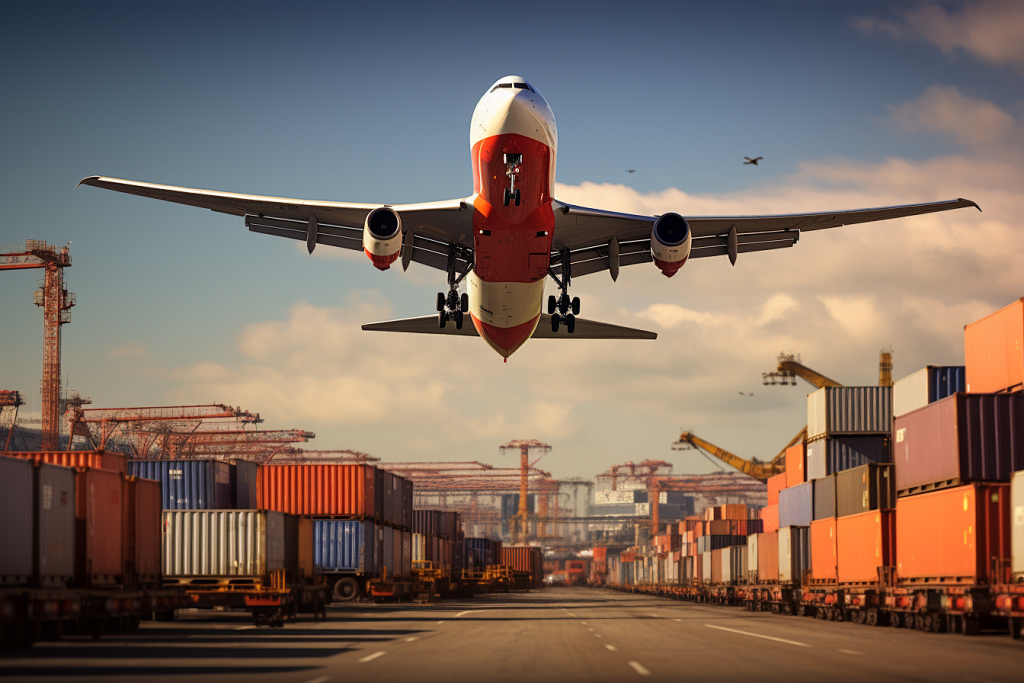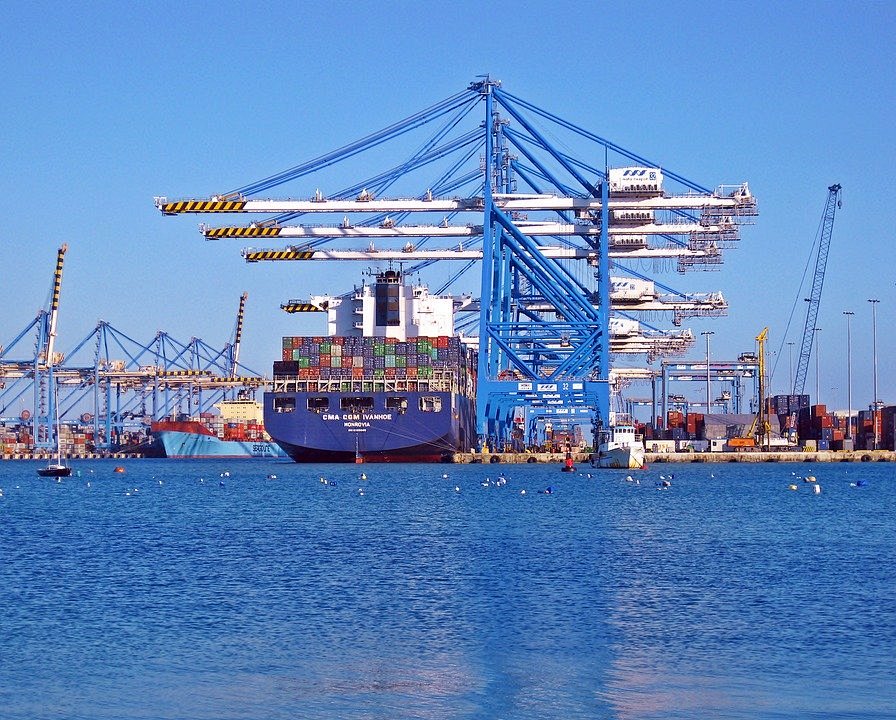International air freight, as a fast and efficient method of transporting goods, has the following main advantages:
1. Fast transportation speed
The time advantage is obvious: international air freight is the fastest mode of transportation for all goods, usually able to transport goods from one country to another within a few days, especially suitable for goods with high timeliness requirements, such as fresh products, emergency supplies, or seasonal goods.
Shortening delivery cycle: Fast transportation time helps companies shorten the delivery cycle of their supply chain, improve market response speed, and meet urgent customer needs.
2. Wide global coverage
Wide route network: International air freight routes cover most countries and regions around the world, allowing for rapid delivery of goods to almost any destination, especially those that are not easily accessible through other means.
Connecting remote areas: By international air freight, it is easier to transport goods to remote areas or small markets that are usually not directly accessible by sea or land.
3. High security
Low risk of cargo damage: During air transportation, the number of loading and unloading of goods is relatively small, and the handling procedures are more standardized, reducing the risk of cargo damage during transportation.
Monitoring and Tracking: Modern air freight logistics systems are usually equipped with real-time cargo tracking functions, which can understand the transportation status of goods at any time and enhance transportation safety.
4. Reduce inventory pressure
Support timely delivery: The speed of air freight enables enterprises to conduct more precise inventory management based on demand, reduce warehousing requirements and inventory costs, and improve capital turnover efficiency.
Quick restocking: For seasonal goods or markets with high demand fluctuations, air freight can quickly replenish inventory and avoid sales losses caused by stock shortages.
5. Handling sensitive and high-value goods
Suitable for high-value goods: Air freight is usually used to transport high-value, small but lightweight goods such as electronic products, luxury goods, pharmaceuticals, etc., which can better protect the safety of these goods during transportation.
Temperature control and special conditions: Air freight can provide cold chain transportation and other special conditions, such as temperature control, low humidity environment, etc., to ensure the quality of environmentally sensitive goods (such as biological products, perishable foods) during transportation.
6. High flexibility
Frequent flights: Air freight services are usually more flexible than sea and land freight, with more flights and shipping frequencies, and can better adapt to different shipping needs.
Small batch transportation: Air freight is particularly suitable for the transportation of small and high-frequency goods, reducing the dependence on bulk transportation and enabling enterprises to arrange production and sales more flexibly.
7. Reduce the time cost in logistics costs
Reduce capital occupation: Although the direct transportation cost of air freight is high, its fast speed can greatly reduce the time of capital occupation and lower the costs incurred due to long logistics time.
Shortening supply chain response time: In a rapidly changing market, air freight can respond more quickly to changes in market demand, shorten supply chain response time, and enhance competitiveness.
8. Fast customs processing speed
High customs clearance efficiency: Air freight goods are usually prioritized during customs clearance, and due to the small volume of goods, customs processing speed is fast, which can quickly complete import procedures and reduce delays.
9. Reduce losses
Reduce the dwell time of goods: The shorter the dwell time of goods during transportation, the less likely they are to be damaged, lost, or stolen. Air freight, due to its short transportation time, can effectively reduce these risks.

10. Reduce environmental impact
Reduce the environmental risk of goods being stranded: In some cases, such as fresh food, medical supplies, etc., rapid air transportation can reduce the impact of environmental factors (such as temperature and humidity changes) on the quality of goods.
Overall, the main advantages of international air freight lie in its speed, safety, and flexibility, making it an ideal transportation method for high-value goods, urgently needed supplies, and goods that require rapid turnover. Although air freight costs are relatively high, the time efficiency and market competitive advantages it brings often offset these costs, especially in modern globalized markets











